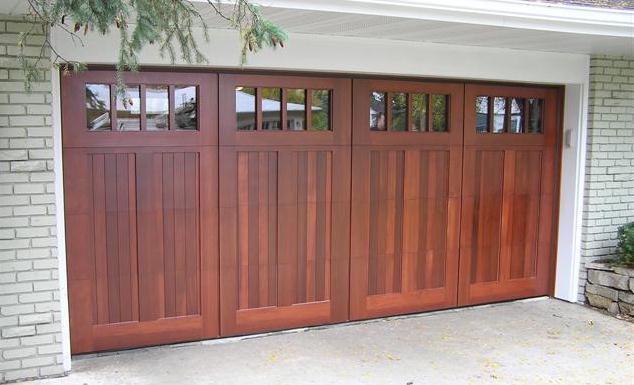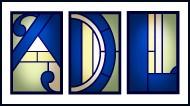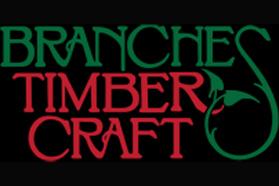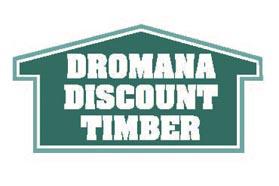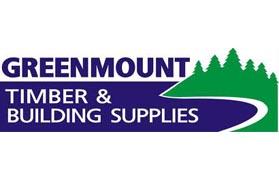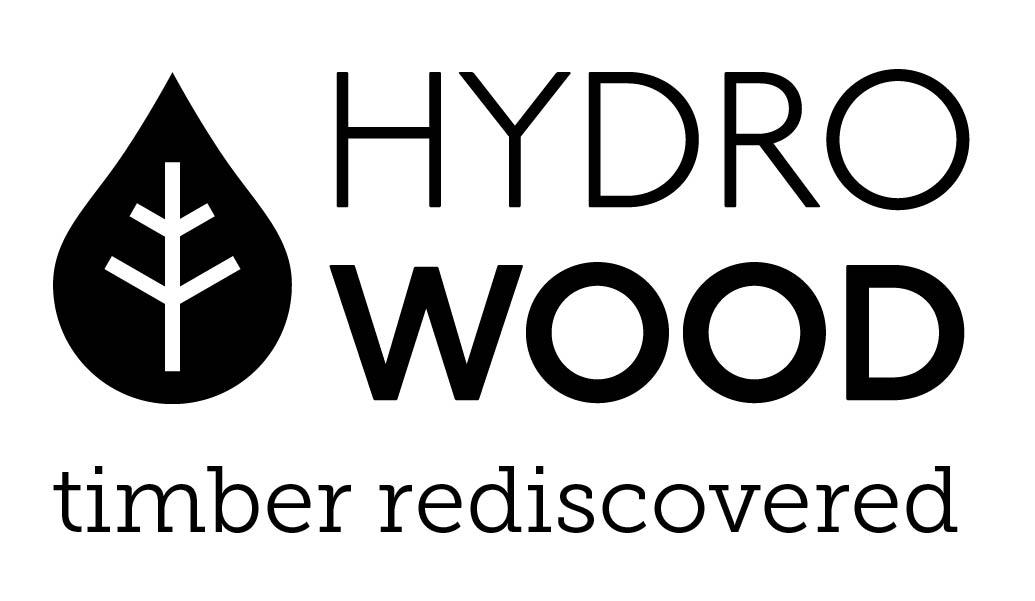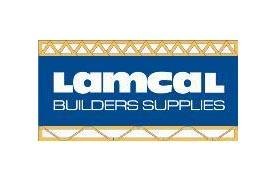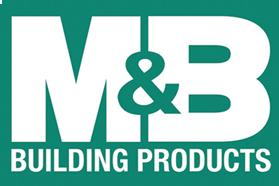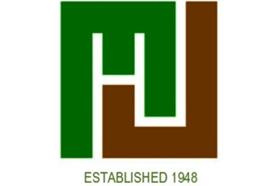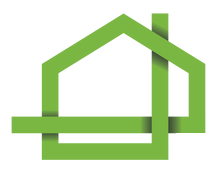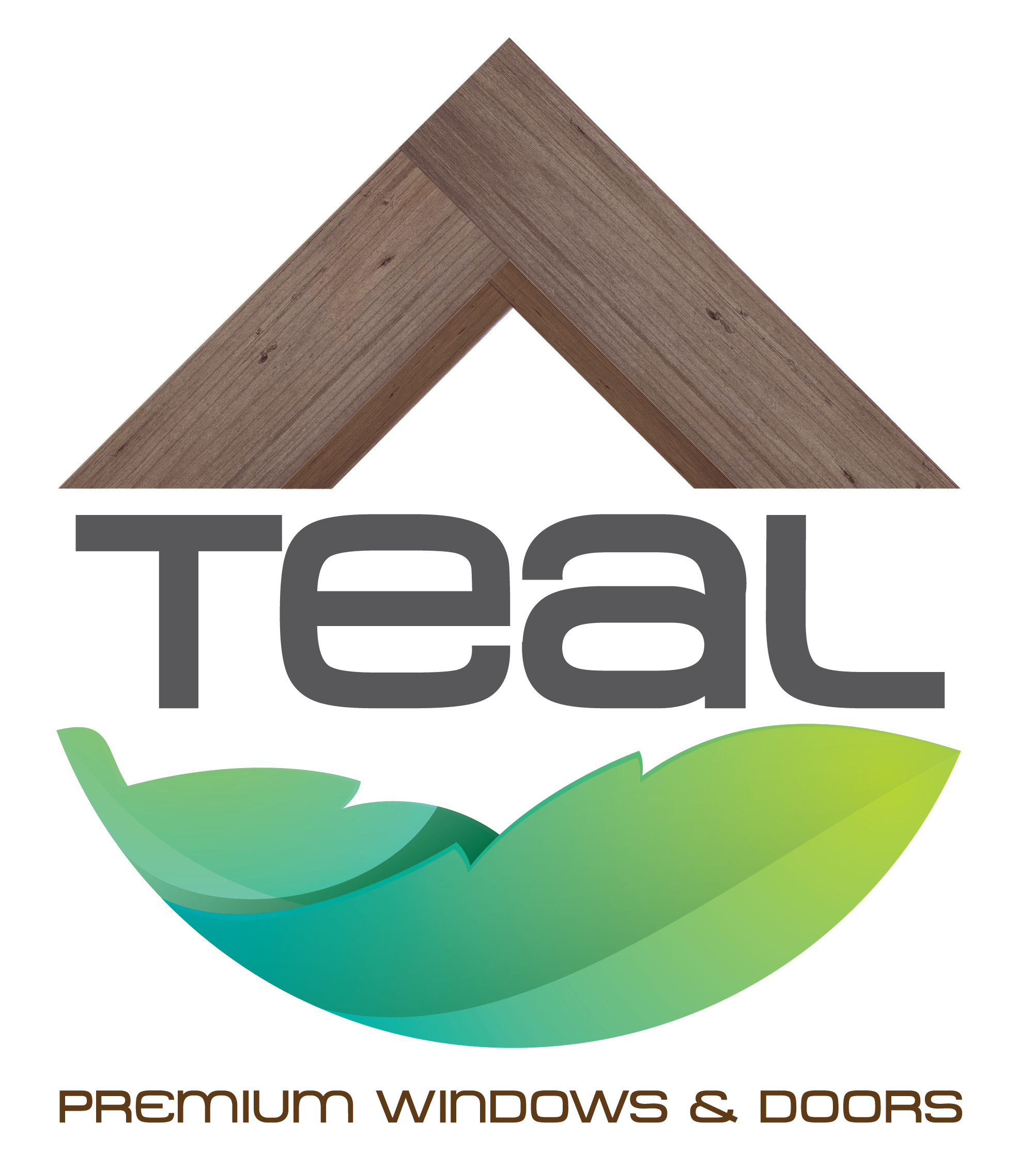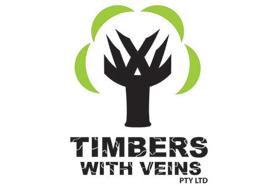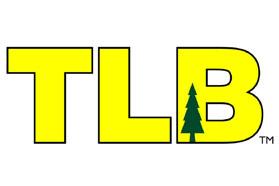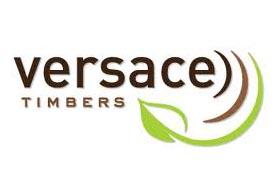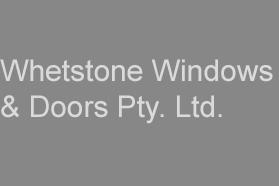Whether manufactured from solid or engineered timber, there are many stylish and practical options that won't compromise on strength and structural performance. A distinctive timber door can also create visual impact, adding value to any commercial or domestic building.
Timber makes an attractive choice for door design and construction, offering a strength, flexibility and versatility that other materials find hard to match.
Protected from moisture, a timber door will perform satisfactorily for the life of any building. With regular maintenance, carefully designed and finished timber doors can perform in the toughest external environment and if required, can be refurbished or updated easily and effectively.
This application guide outlines the common elements involved in specifying and finishing timber internal and external doors.
Criteria Level: 1
A wide variety of timbers are used in door construction, with components being made from single species of solid timber, combinations of different species, laminated timber and other engineered wood products. Glulam is a popular material choice for doors as it can offer stronger and more stable structural properties.
Criteria Level: 2
Timbers for external door applications should be to an above ground durability class 1 or 2. However, the durability of a door is not limited to the individual durability of the chosen timber. Long-term durability will also be affected by the door's level of exposure to the external environment and will depend on its ability to resist condensation, air and water infiltration, while maintaining thermal and structural performance over time.
There is no simple rating or durability guarantee for timber doors and warranties provided by proprietary product suppliers offer the best indication of the door's long term reliability.
Criteria Level: 3
Doors come in a wide variety of configurations and styles to suit numerous tastes and preferences. The most common door configurations are outlined below.
Pivot doors rotate in the vertical plane on hinges at the top and bottom. They can pivot in one or both directions, giving a wide generous opening.
Sliding doors hold two or more panels that slid past each other horizontally within the frame. Several panels can slide past each other to stack to one, or both sides of the opening. These doors are most suited to large openings.
Hinged doors are the most traditional. They are hinged on either the left or right hand side, with an opening inwards or outwards. Paired hinged doors that meet with a rebated central join are known as French doors.
Bi-fold doors are a series of doors, alternately hinged so they fold onto themselves on one or both sides of the opening, providing a full and unobstructed opening. Large bi-folds are usually supported on an overhead track.
Criteria Level: 1
The finishing process should commence as soon as practicably possible. For exterior applications, it should be carried out in dry weather, using high quality exterior materials to manufacturers recommendations. Prolonged exposure of bare timber or base coats can affect the long-term performance of the final finish.
Criteria Level: 1.01
With the use of suitable durability class 1 or 2 timbers (in sheltered and controlled locations) timber doors can be left unfinished. This offers an appealing, low maintenance and environmentally friendly alternative to stains or finishes.
As unfinished timber will absorb and lose moisture more quickly pay careful attention to detailing. Weathering effects should be expected. Over time, exposed unfinished timber usually takes on a grey colour and uneven external exposure of the timber will result in patchy staining.
Criteria Level: 1.02
Transparent coatings and stains are a popular choice as they allow the natural grain and texture of the wood to show through while still protecting the timber against moisture loss and absorption. However, transparent staining does not protect against light exposure and some weathering, should thus be expected. Some semi-translucent stains are available that pigment the surface of the wood, providing better UV resistance without obscuring the natural features of the timber. Coatings for external applications usually combine preservatives, fungicides and colourants with an oil that soaks into the wood and a tougher medium to hard build surface coating. Coatings for interior applications are less stringent in their component requirements and thus more options are available.
Criteria Level: 1.03
To afford the best protection against the effects of ultraviolet light and general weathering a painted finish is recommended. There are two main types of paints generally used for doors, oil (or solvent) based paints; and water-based acrylics. Be aware that the use of dark coloured paints, particularly on doors that capture full sun, will result in high surface temperatures that will increase the risk of resin exudation causing distortion to the finish over the longer term.
Criteria Level: 2
To preserve and lengthen the life of the door, thorough cleaning should occur two or three times a year. (More frequently in coastal areas.) Cleaning should include washing of the door and removal of dirt and grime build up. Tracks for sliding doors and any weep holes should be wiped out. Hardware should be regularly checked and lubricated. Any pooling of moisture or significant colour change should be investigated to ensure drainage and water proofing is working as it should.
Criteria Level: 1
Moisture content is an important consideration in door specification and installation as maintaining the right moisture level is critical in achieving long term service life and timber stability.
Generally timber for doors should be fully seasoned with a moisture content complying with AS2796 for hardwood timbers or AS4785 for softwood and sawn and milled products. Both standards require a moisture content within the range of 9% to 14%.
If the equilibrium moisture content (EMC) in service differs greatly from the EMC during manufacture, the timber should be acclimatised prior to installation.
Criteria Level: 2
For external doors, a solid timber panelled door is the most popular choice for security as well as aesthetic reasons. If any glass panels are included in the door, laminated or toughened glass is required as per AS1288.
Internal doors are usually designed as hollow with a veneer or primed hardboard finish. Internal panelling is a common material choice for internal ‘feature' doors.
Criteria Level: 2.01
By allowing heat to enter or escape, doors play an important role in determining a building's thermal performance. Timber is a natural insulator for door frames and has significantly lower U-Values (overall heat transfer coefficient) than aluminium. Glass is a poor insulator and when a component of a timber door, consideration should be given to improving its thermal performance.
Criteria Level: 2.02
When considering glass as part of a door design, remember that the type and thickness of the glass used will significantly influence the thermal and acoustic performance, safety, security and level of light admittance. All glass used in Australian doors must comply with AS1288-2006.
AS2208-1996 Safety glazing materials in buildings establishes two grades of safety glass. Grade A offers the highest level of protection against injury from breakage and includes laminated, toughened and toughened laminated glass. Grade B, offering slightly less protection and includes wire glass.
Clear glass is a poor insulator and if left as is, can significantly contribute to poor solar and thermal performance within a building. These problems can be overcome by applying specific coatings to the glass, colouring the glass, combining sheets of glass into sealed units or any combination of these. The relevant proprietary product manufacturers should be contacted for further information.
Criteria Level: 2.03
For efficient operation timber doors will typically incorporate metal and other hardware. The range of available hardware is significant and specific suppliers should be consulted for more information. For timber doors exposed to the elements any hardware used should be made of stainless steel or another non-corrosive metal.
Adhesives are used in timber doors to glue-laminate members of the frame together, or to bond the joints of the frame and door. The type and durability of the adhesive required varies by component and level of exposure. Two glues commonly used in door joinery are polyurethanes and PVA emulsions.
Criteria Level: 3
Storage should always be under cover, preferably inside a building. Where this is not possible doors should be kept clear of the ground on level bearers, protected from dampness. During storage, always allow for air circulation under and around the door.
